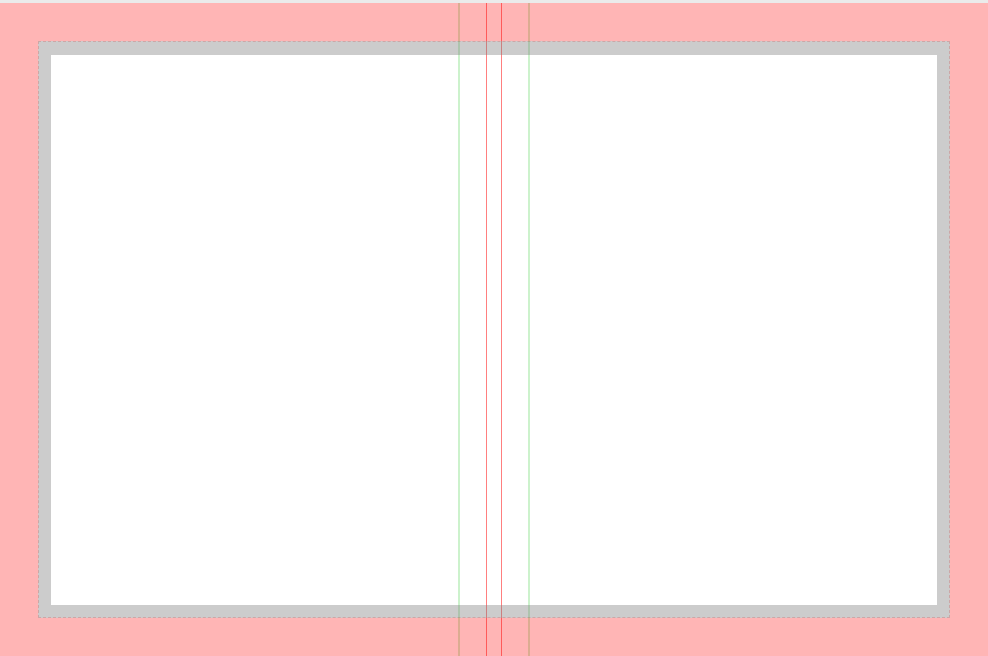Memento Yearbook's ladder helps keep your book organized. When starting your book, create thematic sections and then add pages inside of them.
Book Manager Overview
Sections versus pages
| Sections are used to organize pages into different topics/themes. A new yearbook project will include two sections:
Add as many additional sections to your book as needed to keep it organized. |  |
| Pages are added into section. Adjoining pages are displayed with a left- and right-side together, forming a double-page spread. When a double-page spread is divided into separate sections, the "ghost" of the left-side page will be displayed at the front of the next section in preview. Note that the first of your book in the Intro section is a left-side page, with the opposite side displayed as "Printed blank." The last page of your book should be a right-facing page with a blank page next to it. |  |
Organizing by sections
Adding all pages into a single section will make book organization difficult. Make sections to hold one or more pages that are unified by theme and styling.
Sections enable the following benefits:
|
|
The size of your yearbook can help you determine how many sections you will need. Small yearbooks traditionally include standard sections such as Intro Pages, Staff Pages, Student Portraits, Graduates, Sports, Clubs & Activities, and Autographs. Larger yearbooks may add more sections to group their activity pages together efficiently.
Ladder planning tools: For help deciding which sections to include in your yearbook, download our PDF topic checklist. If you would like to plan your ladder on paper, feel free to download this printable PDF form.
Cover page
When you first access the Edit Book area, you will find a single blank page at the top - the Cover.

| When the cover is first opened in the Editor, you will see a single blank white canvas page. It may have thin or wide red lines around it, indicating the part of the cover that will either be trimmed off (soft cover binding) or wrap around the back (hard cover binding). Backgrounds and banners should extend into this area to ensure full edge-to-edge coverage. The spine area is indicated with red lines in the middle of the page. Place text in this area but keep it sized quite small and perfectly centered. Be sure to ask your publisher for their spine text recommendations for your binding and page count.
|  |
 | The back cover is designed on the left side of the page, and the front cover is designed on the right side. Design the cover as if the book was lying flat opened on a table. When designing your cover, be sure to either flow a continuous texture over the spine area, or keep backgrounds and photos at least 0.25" from the spine guidelines. This ensures that your book will have a nice clean coverage over the spine. |
 |
Note: Your studio may have placed their logo on the back cover. This may not be moved, covered or removed.
Was this article helpful?
That’s Great!
Thank you for your feedback
Sorry! We couldn't be helpful
Thank you for your feedback
Feedback sent
We appreciate your effort and will try to fix the article